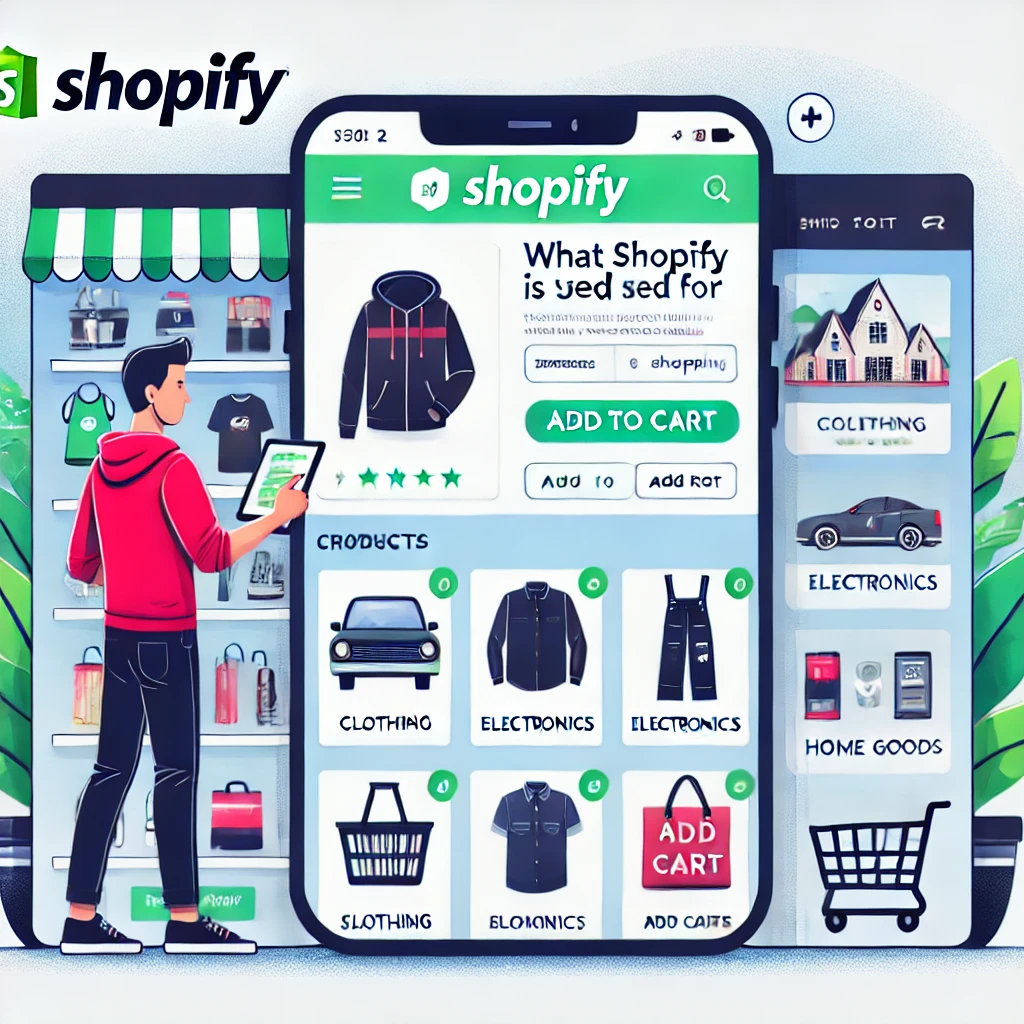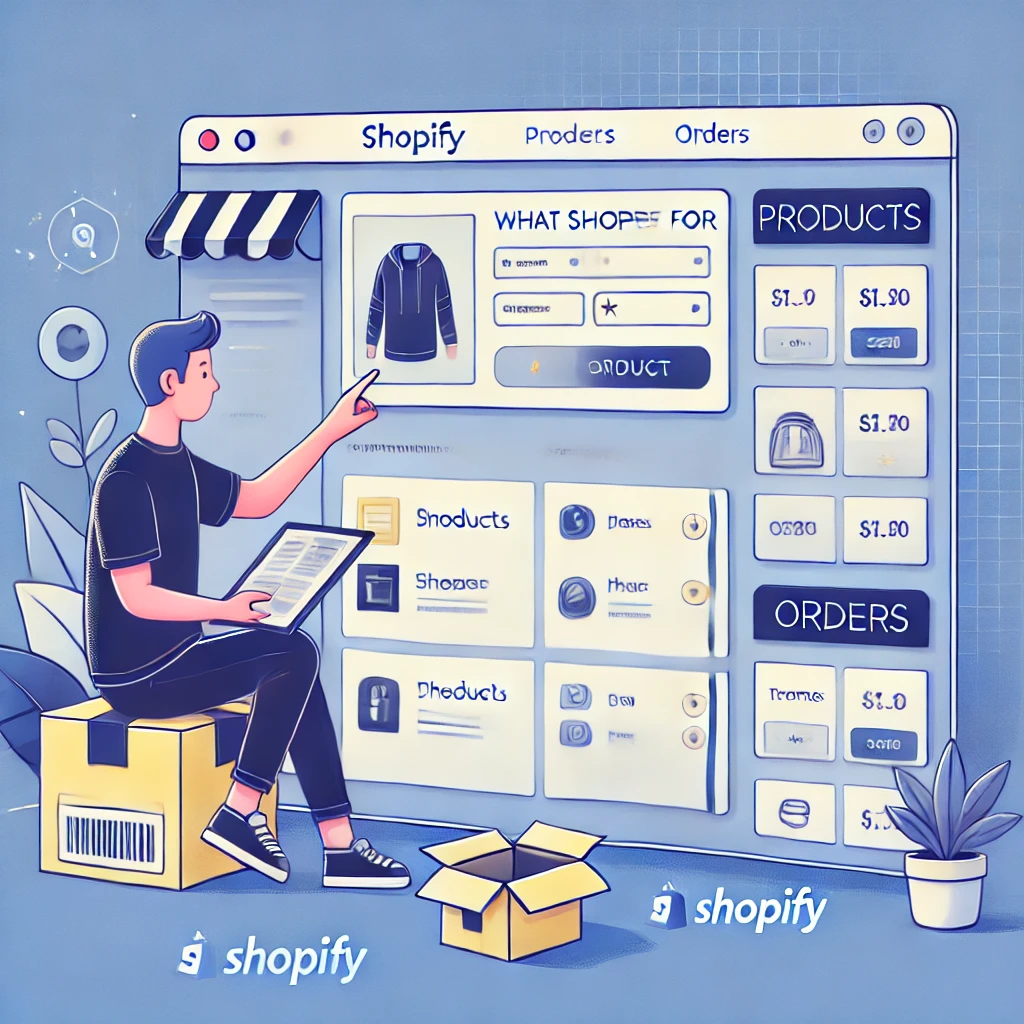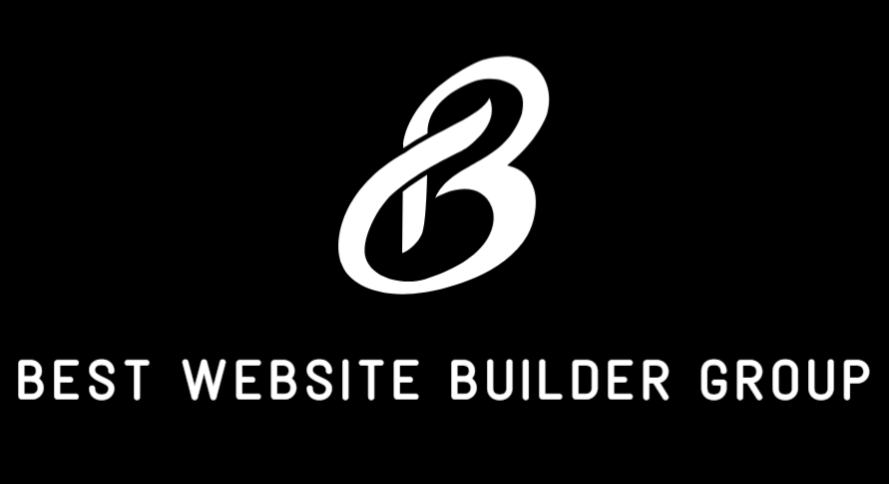For anyone building an online store, few steps are as critical as learning how to add products to Shopify. Whether you’re a first-time entrepreneur or a seasoned merchant transitioning from another platform, adding products is the foundation of your eCommerce success.
Shopify is known for making product setup intuitive, but there’s far more under the hood than just uploading images and setting a price. Each product you add plays a role in SEO, conversion rate optimization, and customer experience. This article walks you through how to add products to Shopify the right way, with strategic insights to help your listings rank higher and sell better.

The Role of Products in a Shopify Store
Products in Shopify are not just inventory entries. Each one generates its own dedicated page on your site, complete with customizable metadata, URL structures, schema markup, and content fields. When optimized correctly, these pages can rank on Google, appear in product feeds, and drive organic and paid traffic.
Understanding how to add products to Shopify means more than just knowing where the button is—it means learning how to structure, categorize, and optimize your product content for maximum impact.
At Best Website Builder Group, we’ve worked with hundreds of Shopify stores that rank and convert well because their product strategy is built into the setup from day one.

Step 1: Navigate to the Products Section
Once you’re logged into your Shopify admin panel:
- Go to the Products section on the left-hand sidebar.
- Click Add Product to open the product creation screen.
You’ll be presented with fields for title, description, media, pricing, inventory, shipping, variants, SEO, and more.
This is the core canvas where your product’s information, presentation, and search engine visibility are built.

Step 2: Add a Product Title and Description
Your product title should be clear, searchable, and keyword-relevant. Avoid overly clever names if they don’t describe what the product actually is. For example, “Eclipse 5000” tells users nothing—but “Stainless Steel Water Bottle – 32 oz” is far more SEO and user friendly.
Your product description should:
- Answer key customer questions
- Highlight unique features and benefits
- Emphasize specifications, materials, or use cases
- Avoid generic manufacturer copy
- Include natural keywords and phrases people would Google
Unlike many platforms, Shopify allows rich formatting in product descriptions. This means you can include:
- Headings
- Bold text
- Images or embedded videos
- Bullet points (use them sparingly for clarity)
Don’t just write what the product is. Sell the why behind it—how it fits into the customer’s life.

Step 3: Upload Product Media
High-quality media is essential for conversions. Shopify allows you to upload multiple images, videos, and even 3D models of a product. You can drag and drop files or upload them from your device.
Make sure to:
- Use consistent image dimensions across your store
- Include multiple angles
- Use lifestyle or contextual images when possible
- Name your files with descriptive keywords (e.g., “bamboo-cutting-board-12-inch.jpg” instead of “IMG_4015.jpg”)
The first image becomes your default thumbnail across collection pages, search results, and featured sections.

Step 4: Set Pricing and Inventory
Here you’ll enter:
- Price: What customers will pay.
- Compare at price (optional): Shows a sale price if the regular price is struck through.
- Cost per item (optional): Used for internal margin reporting.
- SKU/Barcode: Inventory tracking and POS compatibility.
Below that, Shopify allows you to track inventory levels, assign stock to locations, and configure whether backorders are allowed.
This section is essential if you’re managing multiple variants or working with fulfillment partners.
If your product is a digital item or a service, you can uncheck the “This is a physical product” box to skip shipping details entirely.

Step 5: Organize the Product
Shopify allows product grouping through:
- Product type
- Vendor
- Tags
- Collections
Collections are the most important for customer browsing and navigation. For example, a clothing store might organize products into collections like “Men’s Jackets,” “New Arrivals,” or “On Sale.”
Tags can be used to create automatic collections or help internal search functions. Think of them like labels to further describe or filter products.
You can also set the status (active or draft), availability across sales channels (Online Store, POS, etc.), and product template (if your theme offers variations).
Proper organization improves both user experience and internal efficiency as your catalog grows.
Step 6: Configure Shipping (if applicable)
If your product is a tangible item, Shopify will ask for:
- Product weight
- Customs information for international shipping
- Whether the item is fulfilled by you or a third party
Weight matters because Shopify calculates real-time shipping rates based on this and the customer’s location.
If you’re using Shopify Shipping, the platform automatically offers discounted rates and label printing for major carriers like USPS, UPS, and DHL.
For stores working with fulfillment partners (such as Amazon or a warehouse), this section connects directly to their shipping workflow.

Step 7: Set Up Variants
If your product comes in multiple versions (e.g., sizes, colors, materials), you can add them as variants. Shopify lets you set different:
- Prices
- SKUs
- Images
- Inventory levels
- Shipping weights
This is particularly useful in apparel, electronics, or customizable products.
You can add up to 100 variants per product by default, though with advanced setup or apps, you can scale beyond that.
When a customer selects their preferred options on the product page, Shopify dynamically updates pricing and inventory in real-time.

Step 8: Optimize SEO Settings
At the bottom of the product creation screen, Shopify includes an SEO section where you can customize:
- Page title (what shows up in Google)
- Meta description (the snippet beneath the title)
- URL handle (the tail end of the product URL)
These should be keyword-optimized, concise, and compelling.
For example, instead of:
bashCopyEdit/products/item-123
Try:
bashCopyEdit/products/bamboo-cutting-board-12-inch
Avoid keyword stuffing. Use natural phrasing that reflects how a customer might search for the product.
For a deeper breakdown of SEO, visit the Best Website Builder Group’s guide on SEO for Shopify.
Step 9: Preview and Save
After filling out all the necessary product details:
- Click Preview to see how it will appear on your store
- Click Save to finalize
Once saved, the product becomes live (if set to active) and indexed by your site’s internal search and sitemap.xml.
Shopify automatically generates the product page and inserts it into any applicable collections or filters based on your organization choices.

Bonus: Use Apps and Automation for Bulk Uploads
If you’re working with a large product catalog, consider using:
- CSV file uploads for bulk importing
- Apps like Matrixify or Ablestar Bulk Product Editor to manage updates
- Google Sheets sync tools for real-time catalog updates
These are especially useful if your products change seasonally, rotate frequently, or are connected to a manufacturer’s inventory system.
Conclusion
Mastering how to add products to Shopify is one of the most valuable skills for any store owner. But it’s more than a data-entry task—it’s about storytelling, positioning, SEO, and conversion design. Every detail matters, from the image quality to the description tone to the collection structure.
By combining Shopify’s powerful interface with a conversion-driven product strategy, you’ll create a catalog that not only looks good but drives results. If you need help designing or optimizing your product pages, Best Website Builder Group can help you build a high-performing eCommerce experience that’s tailored to your brand.
